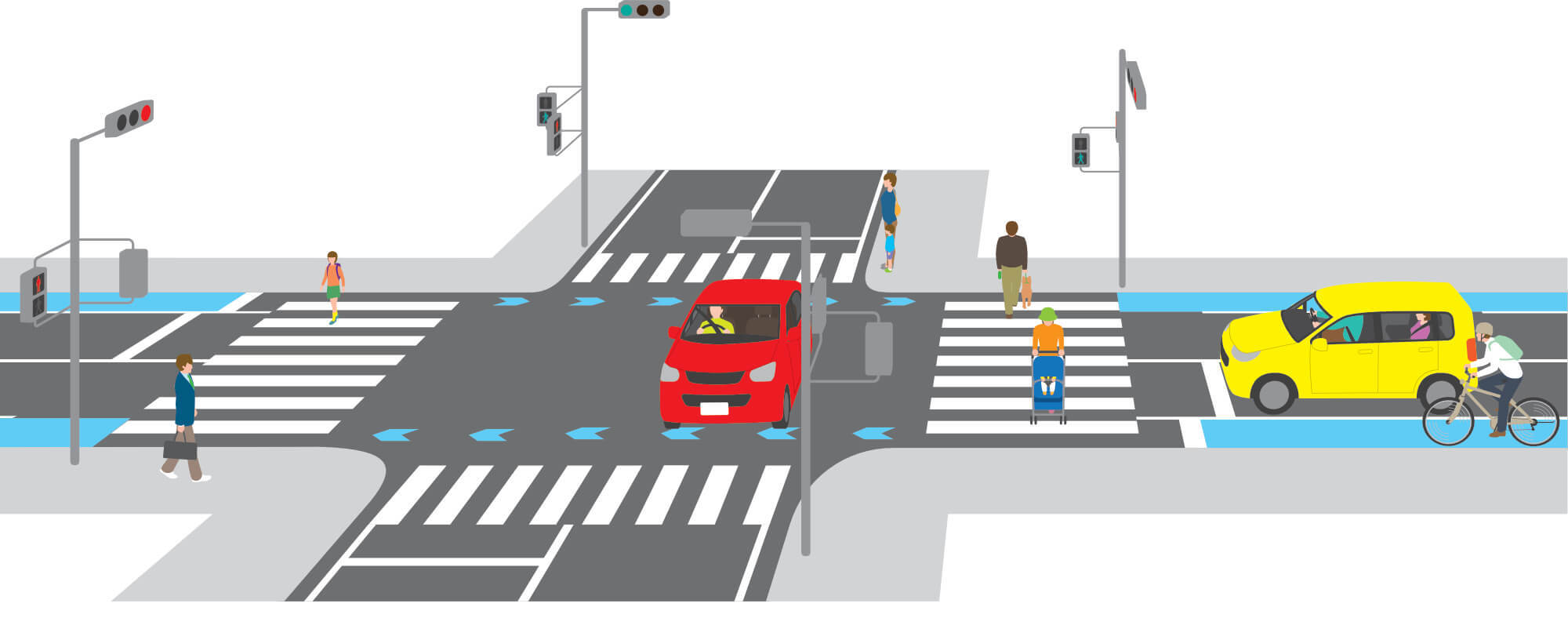When Do Pedestrians Have the Right of Way in Nova Scotia?
When Do Pedestrians Have the Right of Way in Nova Scotia?
When a car accident or pedestrian collision results in serious injuries in Halifax or elsewhere in Nova Scotia, it is important to know who is at fault for the crash. When pedestrians and motorists encounter sidewalks and pedestrian crosswalks, drivers need to understand when pedestrians have the right of way in order to avoid a serious or deadly collision. When a pedestrian gets hurt in a collision with a car or truck in Nova Scotia, it is essential for that pedestrian to determine whether the driver broke the rules of the road.
When do pedestrians have the right of way in Nova Scotia? Pedestrians have the right of way in all intersections on Nova Scotia roadways, as long as they are in a marked or an unmarked crosswalk.
The Nova Scotia Registry of Motor Vehicles (RMV) provides a handbook on the rules of the road in Nova Scotia. We will refer to that handbook as we explain a variety of scenarios in which pedestrians have the right of way.
Pedestrians Have the Right of Way in Many Scenarios in Nova Scotia
One of the most important factors in determining whether a pedestrian has the right of way is whether the pedestrian is in a crosswalk. Crosswalks can be “marked” with lines on the pavement or other markings. There are also “unmarked” crosswalks, which are “formed by imaginary lines extending across the streets” at intersections of more than one street. Every intersection has crosswalks, marked or unmarked.
The following is a list of scenarios in which a pedestrian has the right of way:
- Drivers must yield the right of way to pedestrians at any and all intersections, as long as the pedestrian is crossing in a marked or an unmarked crosswalk;
- Pedestrians always have the right of way in an intersection with no traffic signal, regardless of whether they are crossing in a marked or an unmarked crosswalk;
- Pedestrians in a crosswalk always have the right of way when they are crossing the street with a green traffic signal, even if they are crossing the path of a vehicle that is making a turn;
- Pedestrians always have the right of way whenever they are crossing the street with a “walk” signal—this walk signal gives pedestrians the same right of way as a green light;
- Drivers must yield the right of way to any and all pedestrians whenever a driver is leaving a private driveway or a parking lot; and
- Drivers must yield the right of way to pedestrians anytime the driver is making a turn.
Collisions or accidents involving a motor vehicle and a pedestrian can occur in one or more of the scenarios mentioned above. Documentation, evidence and witnesses are important sources of information to determine how the incident happened and to understand who was at fault.
Understanding Right of Way Rules in Nova Scotia
It is essential for drivers to understand that they cannot take steps to gain the right of way over a pedestrian in any of the scenarios outlined above. To be clear, drivers should be mindful of the following, according to the RMV handbook:
- Drivers cannot have the right of way simply by signaling; and
- Drivers do not have the right of way over pedestrians when they have a green light—pedestrians still have the right of way as long as they are also following the rules of the road.
If you have been involved in this situation, you may not believe that any of these right-of-way scenarios apply to you. Every road, intersection and crossing will have certain factors that could affect how the rules listed above apply to your situation. A lawyer specializing in insurance and motor vehicle accident laws can help when you are trying to figure out who might have been responsible for an accident.
Contact a Halifax Injury Lawyer for More Information
If you or someone you love got hurt in a pedestrian accident involving a negligent driver, you should get in touch with a Nova Scotia injury lawyer as soon as possible to find out whether you may be eligible for compensation. Contact Kimball Law to speak with a lawyer at our firm about your case.

